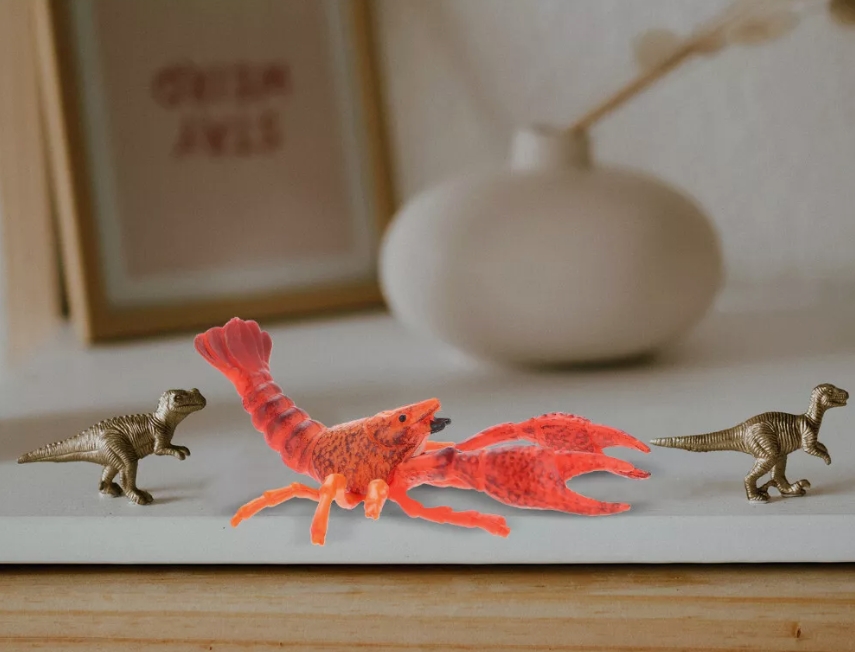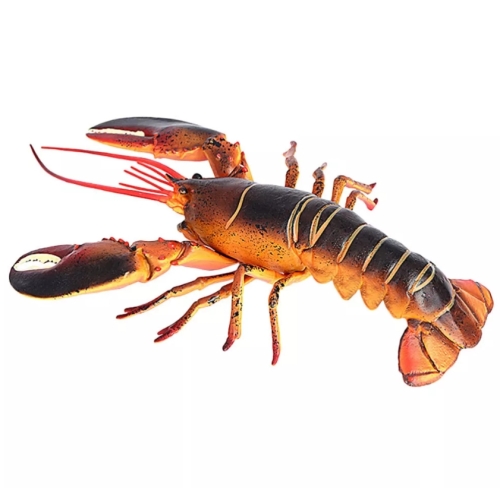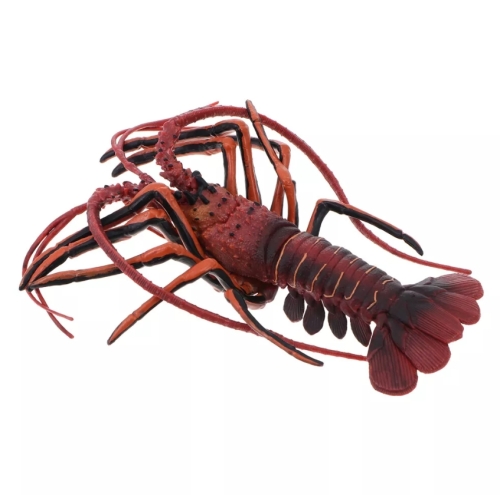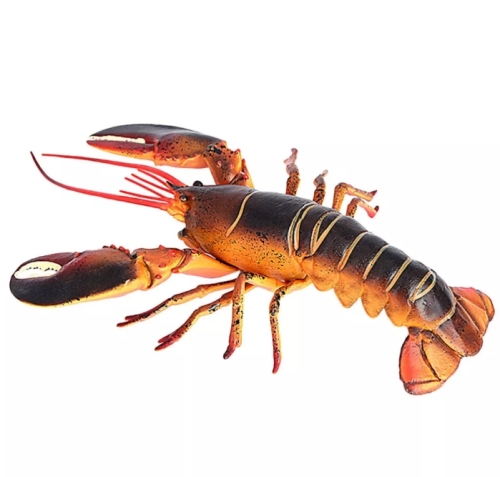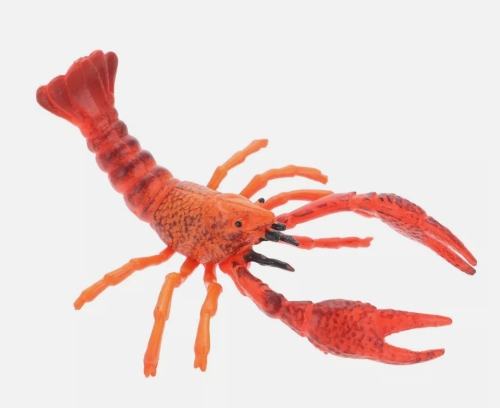The lobster model is a unique and elaborate creation inspired by the iconic Marine creature found in nature - the lobster. This model not only shows the appearance of lobster, but also simulates its biological characteristics and living habits, which has important scientific research and educational significance.
When modeling lobsters, researchers usually focus on their anatomy, including details such as the shell, antennae, claws, and legs. The shell of the model is made of special materials to realistically reproduce the hard surface of the lobster, while its natural color changes are presented through meticulous carving and coloring. This highly simulated representation not only makes the model valuable for viewing, but also provides a vivid learning tool for biologists and students.
Lobster models play an important role in biological research. By looking at the model, researchers can better understand the physiology of lobsters and how they adapt to their environment. In addition, these models have been widely used in ecological research and Marine conservation work, making people aware of the importance of Marine ecosystems and the need to protect Marine life.
In the field of education, lobster models also play an indispensable role. It provides students with intuitive learning resources to help them master the basics of zoology. With the help of models, students gain a clearer understanding of the life cycle of lobsters, their predatory behavior, and their role in the ecosystem. At the same time, it also stimulates students' interest in Marine life and cultivates their spirit of exploration and environmental awareness.
In short, the lobster model is not only an artistic expression, but also a scientific tool. Through the research and application of this model, scientists and students can further explore the mysteries of Marine life and contribute to the protection of the Marine ecological environment.

